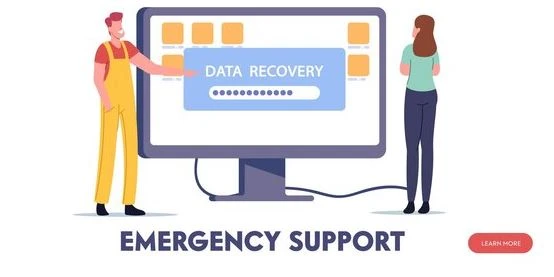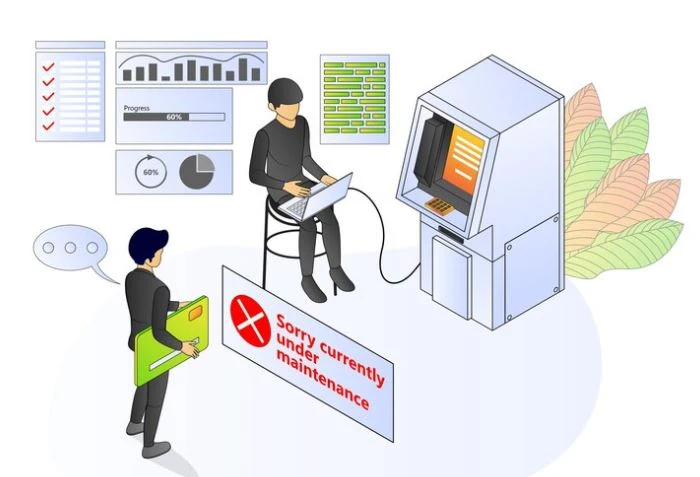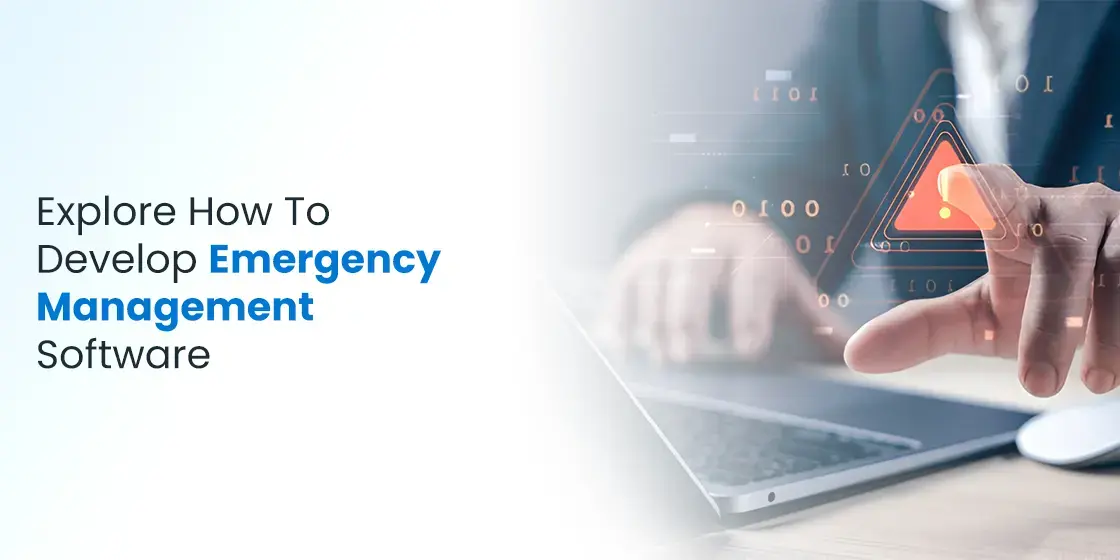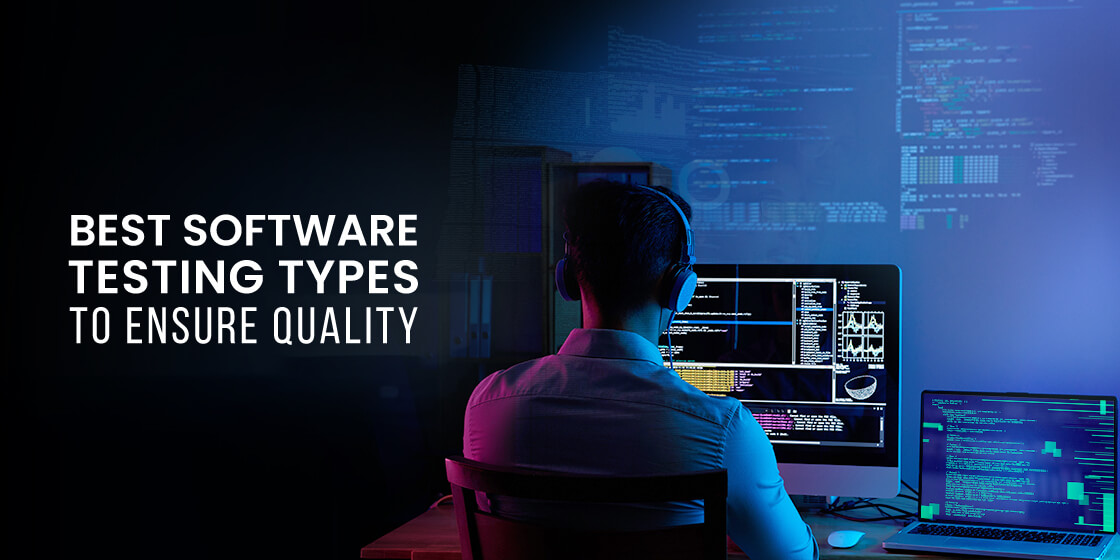Table of Content
Take a Look How Emergency Response Software Should be Built
Effective crisis management demands that businesses proactively prepare for a wide range of potential emergencies, including natural disasters, and cyber-attacks. The unpredictable nature of such events means that organizations must have robust strategies in place to mitigate disruptions and ensure continuity of operations. Preparation goes beyond basic response plans and includes training personnel, simulating crisis scenarios, and having systems in place to support real-time decision-making.
One of the most crucial tools in modern crisis preparedness is emergency management software. This technology empowers organizations to coordinate responses more efficiently by providing real-time data. Created by professional software development services, these tools help decision-makers to quickly assess the situation, allocate resources, and implement contingency plans. Emergency response software also facilitates collaboration across departments and external agencies, ensuring that efforts are unified and information is shared without delay.
By integrating emergency response software into their crisis management strategy, organizations can significantly reduce the time it takes to respond to incidents. If you want to master the development procedure of these software, read this article in detail. It will let you know how to develop emergency management software as per the best market practices. Let’s start from the basics understanding what is an emergency management software and why businesses need it to mitigate emergencies.
What is Emergency Management Software?

Emergency response software serves as a comprehensive digital solution developed to streamline and strengthen the management of critical incidents. Whether the crisis involves a natural disaster, or a security breach, this software plays a vital role in ensuring that organizations can respond quickly and effectively. It is specifically designed to assist in managing emergencies by providing structured processes, real-time information, and enhanced coordination among stakeholders.
Across various industries such as healthcare, manufacturing, transportation, and public safety, emergency response software helps standardize procedures, and communicate vital information seamlessly. By integrating with existing systems, it ensures that all relevant personnel are informed and equipped to act swiftly. Features such as automated alerts, and incident tracking enable faster decision-making and help reduce the margin for human error during high-pressure situations.
Beyond immediate response, this software also contributes to long-term resilience by enabling post-incident analysis. It supports data collection and review processes that are essential for evaluating response effectiveness and identifying areas for improvement. In this way, emergency response software not only enhances real-time crisis management but also promotes a culture of preparedness and adaptability within organizations.
How to Develop Emergency Management Software: Points to Consider

Building an emergency response software requires a complete understanding of the company operations. It lets you know how a company works and what type of response it requires in the event of any emergency. Let’s take a look how to develop emergency management software in an organized manner.
Understand the Operations
Understanding a company’s operations before developing emergency response software is essential because every organization has unique processes. Without a clear grasp of how a business functions, it is nearly impossible to design a system that addresses its specific vulnerabilities and response needs. This foundational knowledge ensures that the software can support realistic and effective emergency protocols tailored to the organization’s actual environment.
Moreover, aligning the software with company operations allows for seamless integration with existing systems and workflows. It also helps in identifying the most appropriate communication channels, data collection methods, and alert systems relevant to the organization. By building a solution that reflects the real-world conditions of the company, developers can create a more intuitive, responsive, and efficient emergency management software.
Fuel innovation by leveraging bespoke software solutions. Get in touch with our team of experts to build cutting-edge software products.
Get a QuoteResearch the Market
Conducting market research before developing emergency response software begins with identifying the target industries and understanding their functional requirements. This involves gathering data through methods such as surveys, interviews, and focus groups. Analyzing industry reports, and government guidelines can also provide insight into the common threats different sectors face and the types of features they prioritize in emergency response tools. This research helps define the core functionalities, and compliance standards that the software must meet.
In addition to understanding user needs, it is crucial to evaluate the competitive landscape. This includes analyzing existing emergency response software products to assess their strengths, weaknesses, and customer feedback. Combining this information with user-focused insights allows developers to position their software strategically. It ensures to offer a distinctive value and meets the evolving demands of emergency management across different industries.
Plan Development
Creating an effective emergency response software begins with intuitive design and MVP application development. It plays a critical role in ensuring that users can quickly understand and operate the system under high-pressure conditions. During emergencies, there is little time to navigate complex menus or interpret unclear instructions. Therefore, a user-friendly interface and accessible controls is essential. Intuitive design reduces the learning curve, minimizes errors, and allows personnel to act swiftly and confidently, which is vital when every second counts.
Equally important is the need for comprehensive planning during the development phase. Thoughtful planning involves anticipating various emergency scenarios. Developers must work closely with end-users, safety experts, and stakeholders to ensure that the software reflects real-world workflows and operational demands. This collaboration helps the development team prioritize essential features such as automated alerts, live updates, and incident reporting tools.
Start Core Development
The development phase is centered on constructing the core functionalities that will enable the software to handle various aspects of emergency management with efficiency and precision. This involves translating the insights gathered during research and planning into practical, working components that can perform under the pressures of real-time crises. Each function must be carefully designed to operate reliably, even in high-stress environments where decisions need to be made rapidly.
During this stage, technical teams also ensure that the software architecture is robust, scalable, and secure. Special attention is given to system performance, and integration capabilities with existing emergency protocols. Rigorous testing is conducted throughout the process to identify bugs, validate and confirm that each feature supports the intended emergency workflows. By laying a solid technical foundation, the development phase ensures that the software can deliver timely responses during emergencies.
Test the Application
Once the development phase is complete, the emergency response software undergoes a comprehensive QA testing process to ensure it functions reliably under realistic and high-pressure conditions. This testing phase involves simulating a variety of emergency scenarios to evaluate the system’s performance, and accuracy. These simulations help identify potential weaknesses, usability issues, or performance bottlenecks that could hinder effective emergency response.
In addition to technical performance, testing also verifies that the software aligns with the specific requirements of the organization. This includes ensuring compatibility with existing infrastructure, adherence to industry regulations, and support for different user roles and workflows. Through this rigorous process, developers confirm that the software not only works as intended but is also practical, intuitive, and dependable in real-world emergency situations.
Deploy the Software
The deployment phase marks a critical step in bringing the emergency response software from development into active use within the organization. During this stage, the software is installed and configured in the live environment. This process ensures that the software is ready for real-time application and can support the immediate needs of emergency response teams without delays or technical issues.
Seamless integration with existing workflows is a key focus during deployment. The software must work in harmony with current tools, communication channels, and emergency protocols already in place. Developers and IT professionals collaborate closely with organizational leaders and end-users to tailor the system’s configuration properly. Customization options may include integrating with internal databases, linking to alert systems, or embedding the software within a broader crisis management platform.
Frequently Asked Questions
| What is an emergency response software? Emergency response software is a digital platform designed to help organizations respond to crises effectively. It streamlines communication, resource allocation, and incident tracking during emergency situations. |
| Why businesses need an emergency management software? Businesses need emergency management software to ensure swift, organized responses to crises, and protecting people and assets. It enhances preparedness, communication, and decision-making during critical events. |
| What are the benefits of emergency response software? Emergency response software improves situational awareness, and enhances coordination during emergencies. It also supports compliance, reduces operational risks, and enables data-driven decision-making. |
Final Words
That concludes our entire article in which we have discussed how to develop emergency management software using a step-by-step approach. These software are currently in high market demand, as businesses are looking to deploy them to mitigate sudden emergencies. This blog has discussed a sequential approach to build this software, letting you know how to process each phase by working on precise things. So, if you want to build an emergency response software, make sure to follow the tips defined in the article to make the entire software development chain streamlined.
Empower your digital initiatives with BariTechSol, a premier custom software development company. Our skilled team tailors cutting-edge solutions to your unique needs. Elevate your tech experience and stay ahead in the digital realm. Partner with BaritechSol and code the success of your next big idea.


